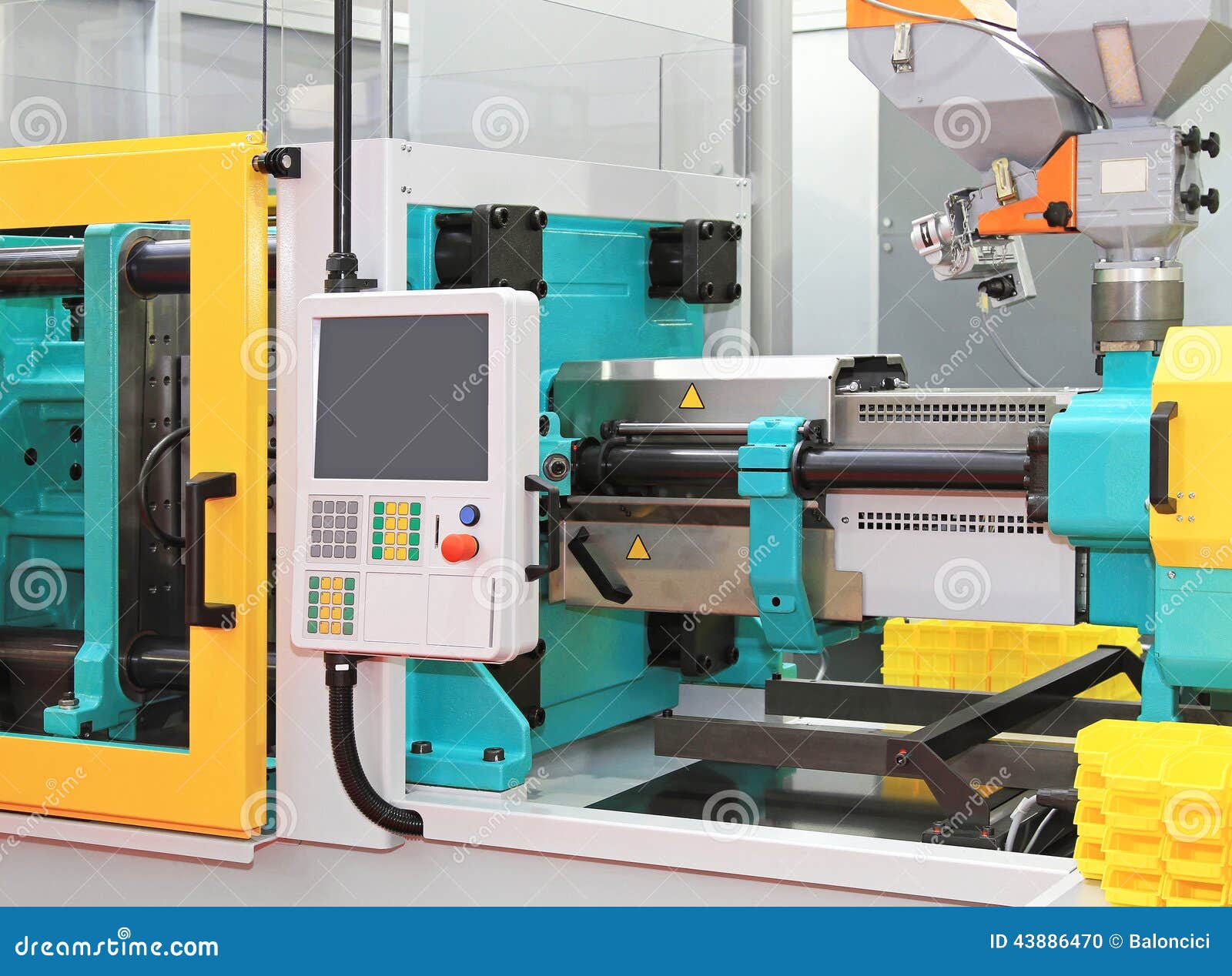The Future of Injection Molding: Trends and Predictions
Injection molding is a manufacturing process that has revolutionized the production of plastic parts across various industries. This technique allows for the efficient creation of complex shapes and designs with precision and consistency. As we look to the future, it is essential to explore how advancements in technology, materials, and processes are shaping the evolution of injection molding.

Understanding the core aspects of injection molding is crucial to grasping its potential advancements. The process begins with the melting of plastic pellets in a heated barrel, followed by injecting the molten material into a mold where it cools and solidifies. This method enables manufacturers to produce everything from small components to large structures. As businesses seek to increase efficiency and reduce costs, innovations in injection molding will likely play a pivotal role in enhancing productivity and sustainability in manufacturing.
Emerging Technologies in Injection Molding
The injection molding industry is experiencing a wave of innovation driven by advancements in technology. One significant trend is the integration of automation and robotics into the injection molding process. Automated systems are being developed to handle tasks such as material loading, part removal, and assembly, which not only enhances efficiency but also reduces labor costs and minimizes human error. As these technologies evolve, manufacturers can expect increased production rates and higher quality control, ultimately leading to more competitive operations.
Another notable emergence is the use of advanced materials, including bio-based plastics and high-performance thermoplastics. These materials not only meet the growing demand for environmentally friendly solutions but also allow for the production of stronger, lighter, and more durable products. Innovations in material science enable the development of new formulations that expand the capabilities of injection molding, making it possible to create complex geometries and functional designs previously unattainable with traditional materials.
Furthermore, the rise of digital technologies, such as the Internet of Things (IoT) and artificial intelligence (AI), is revolutionizing the injection molding process. Smart factories equipped with connected machines can collect real-time data, providing insights into production efficiency and quality metrics. This data-driven approach allows for predictive maintenance and improved decision-making, ultimately enhancing overall productivity. As these digital solutions continue to advance, the injection molding industry is poised for transformative improvements in both efficiency and sustainability.
Sustainability Trends in Manufacturing
The manufacturing industry is increasingly embracing sustainable practices, particularly in injection molding processes. Companies are looking to minimize waste and reduce their carbon footprint by adopting eco-friendly materials and methods. The integration of renewable resources, such as bioplastics and recycled materials, is becoming more common. This shift not only meets consumer demand for environmentally responsible products but also helps manufacturers comply with stringent regulations aimed at reducing environmental impact.
In addition to material innovation, the injection molding process itself is undergoing transformation to enhance energy efficiency. Advanced technologies, such as electric injection molding machines, are gaining traction due to their lower energy consumption compared to traditional hydraulic machines. These machines operate with precision and reduce both energy usage and emissions. Furthermore, utilizing energy recovery systems in manufacturing processes can result in significant savings and reduced waste, aligning production with sustainability goals.
To support these sustainability trends, many manufacturers are incorporating circular economy principles. This approach emphasizes designing products for longevity, recyclability, and reduced resource consumption. By optimizing supply chains and promoting the reuse of materials, companies in the injection molding sector can create a more sustainable production cycle. Embracing these principles not only benefits the environment but also enhances brand reputation and can lead to cost savings in the long run.
Market Predictions for the Next Decade
The injection molding industry is poised for significant growth over the next decade, driven by advancements in technology and increasing demand from various sectors. The integration of automation and smart technologies is expected to enhance production efficiency and reduce costs. Companies that adopt these innovations will likely gain a competitive edge, allowing for faster turnaround times and improved product quality.
Sustainability will also play a critical role in shaping the future of injection molding. As environmental concerns grow, manufacturers are expected to focus on eco-friendly materials and processes. The development of biodegradable plastics and recycling techniques will become crucial as consumers and businesses alike seek to minimize their ecological footprint. This shift is likely to influence not only the materials used in injection molding but also the design and production strategies employed by manufacturers.
Additionally, the globalization of supply chains will impact the injection molding market in the coming years. As companies expand their reach, there will be a heightened emphasis on sourcing raw materials and services from diverse regions. This trend is anticipated to foster greater collaboration and innovation across borders, leading to the emergence of new players in the market. Ultimately, the injection molding industry will evolve to meet changing consumer needs while navigating the complexities of a globalized economy.